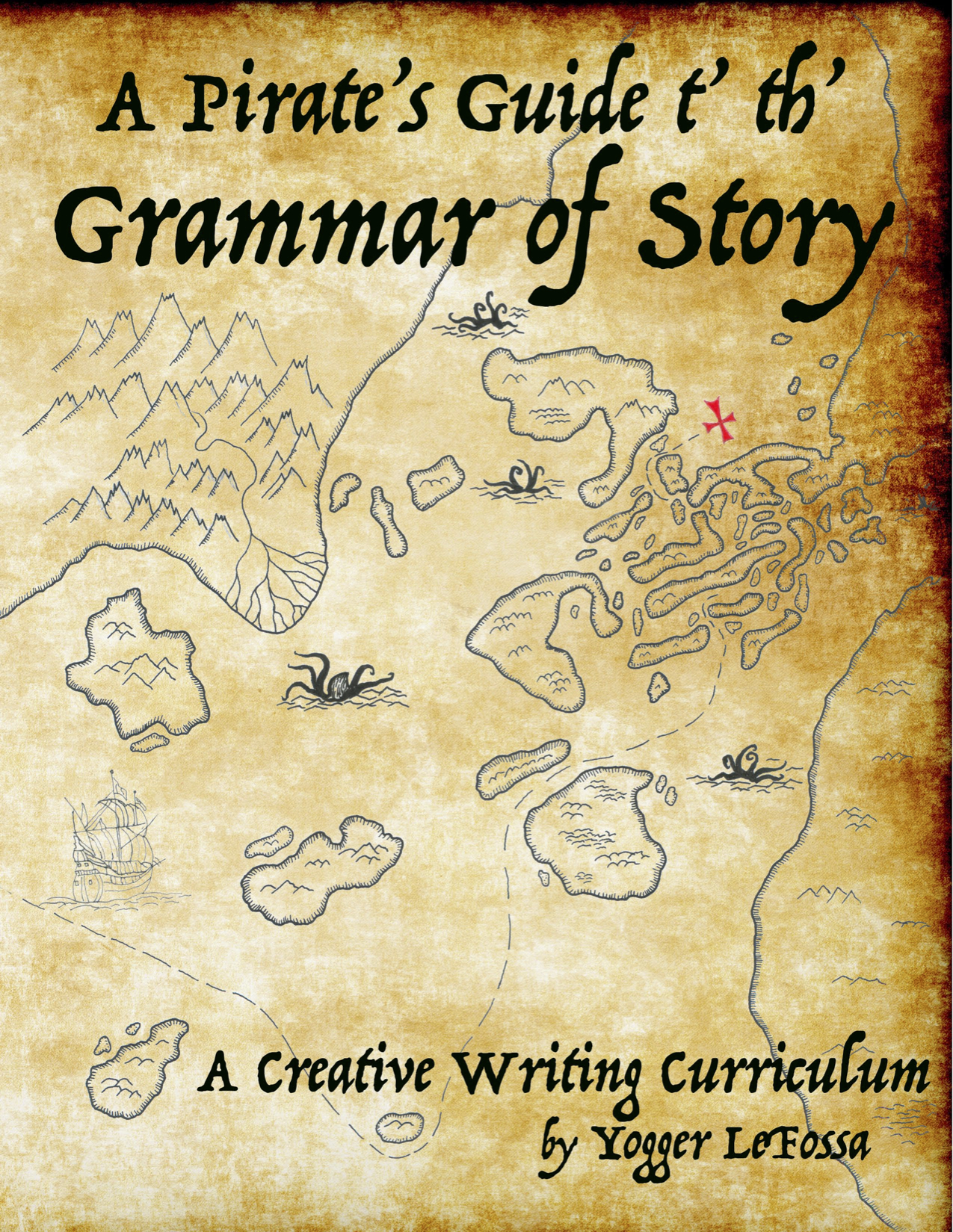Exercise 3 :: Setting :: where to begin?
Simply put, setting is a location where a group of characters live and act and where their stories take place. It includes both time and place - though in some stories, each aspect may be more or less important. A story about space cowboys is generally set in space, and likely in the future - both time and place matter to the focus of the story. But another story might be more thematic - about love, for example, and it could be set in any time or place and still have, essentially, the same story line.
One way to help you student think about setting is to ask them to name a favorite story (one they know very well). Ask - what are some of the physical places in this story? Then - in what time does this story take place? Their answers should not only help them understand what setting means, but how/when it is important to the story. For example, The Lion, the Witch, and the Wardrobe takes place in England, in the Professor’s house, in the wardrobe, in Narnia… and it takes place during two time periods - WWII, and during the rather timeless time of Narnia (where time is passing, but doesn’t seem to have a direct relationship with our time). These are important details. Having talking animals in the professor’s house wouldn’t make sense - the setting of that part of the story needs to be somewhere like Narnia, where that is normal (this is an aspect of story you’ll learn about in rules). You can ask them what would happen if they moved the story from England to Africa? Would the story change? How? Why? What if instead of during war time it took place during a peaceful summer? Would the story change? As they grapple with these thoughts, they will begin to see how changes, big and small, make a difference to the story.
Once time and place, and how they are used in a story, are understood, then your student can brainstorm what time/places will give their story meaning. Based on their story, it might be just a context for the greater story, or it might be central to the understanding and meaning of the story. Asking open questions can help them think through these larger issues and will strengthen their story overall - but remember, thinking through these things is hard work, and won’t necessarily come easily or be “fun.” They may want to keep the first place that comes to their head, and that’s okay. Keep it light, make suggestions, and then step back and allow them to be creative in their own way.
In Real Life :: while there are some important real life applications for many of the story elements, setting isn’t a very big one. It is an easy one to start with, though, as you can simply help your student be aware of how time, location, and events affect their daily lives. They can rely upon groceries to the in the grocery store, and animals to be in cages at the zoo. They likely expect cake at a birthday party, but not at the dentist. And if their dentist were at the birthday party, they might be very confused! All of these are simple ways to help them see the value and importance of establishing setting in stories.
Finding it in the Story :: check out the first chapters again - there are lots of obvious examples of location. (The ocean, the pirate ship itself, the bunks). Note that there are not many general time examples (we don’t know “when” this is happening), but you’ll find the descriptions of night to be the most obvious example. As for events, this isn’t happening in a specific event, but challenge your student to pay attention in coming chapters, as there will be many “events” that occur to ground the story in a specific time/event.
